Archive
2021
KubaParis
NÅR

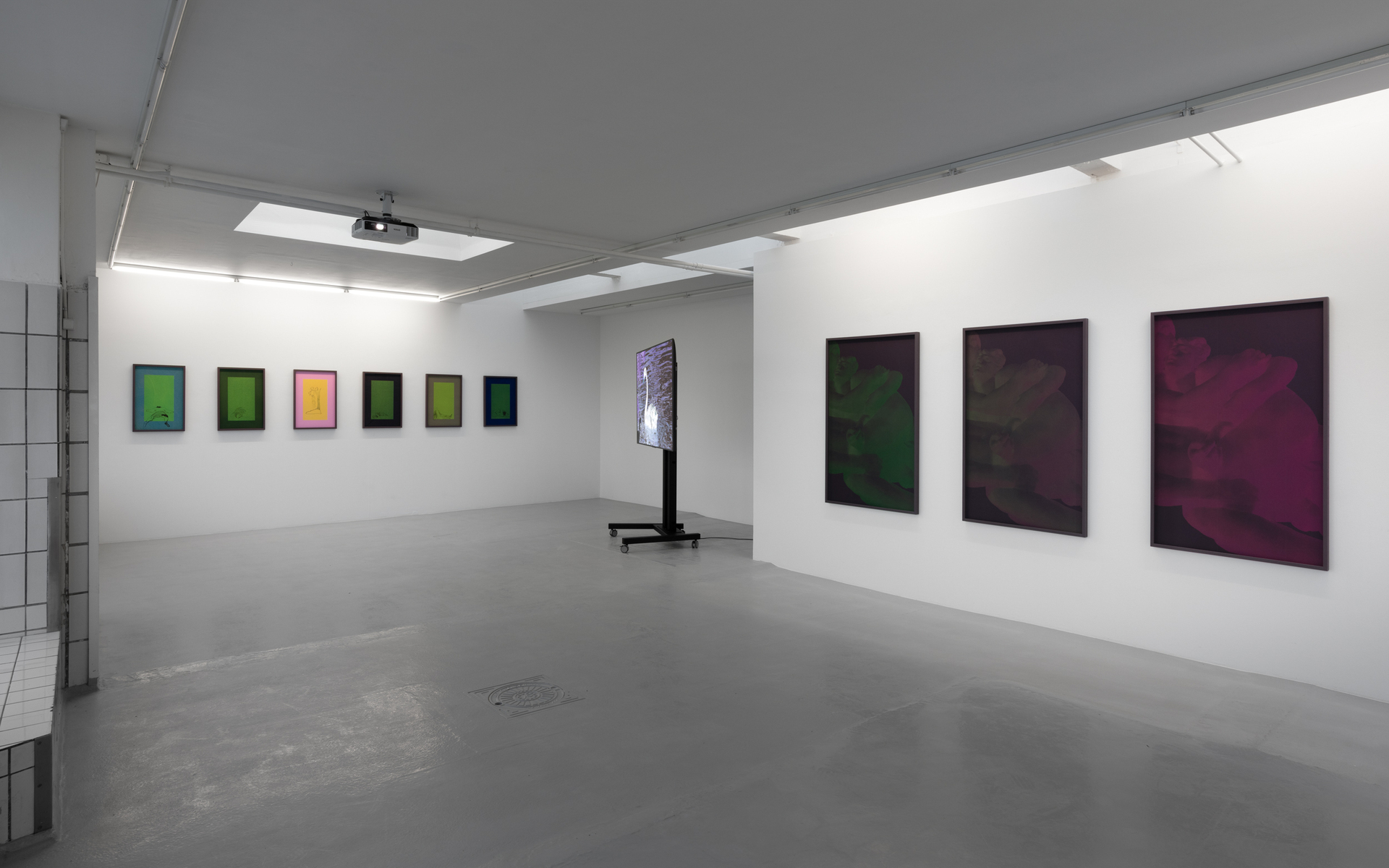
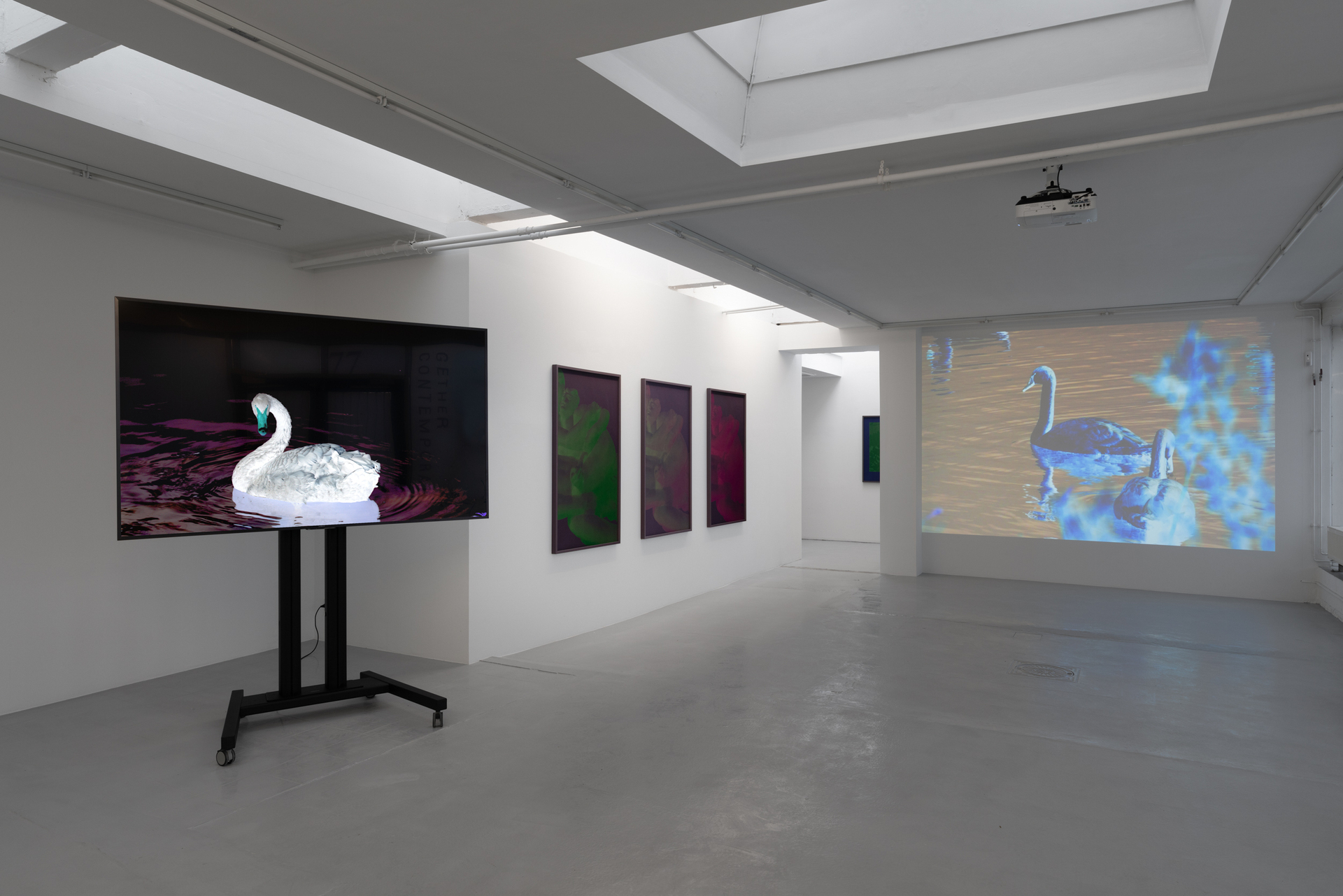
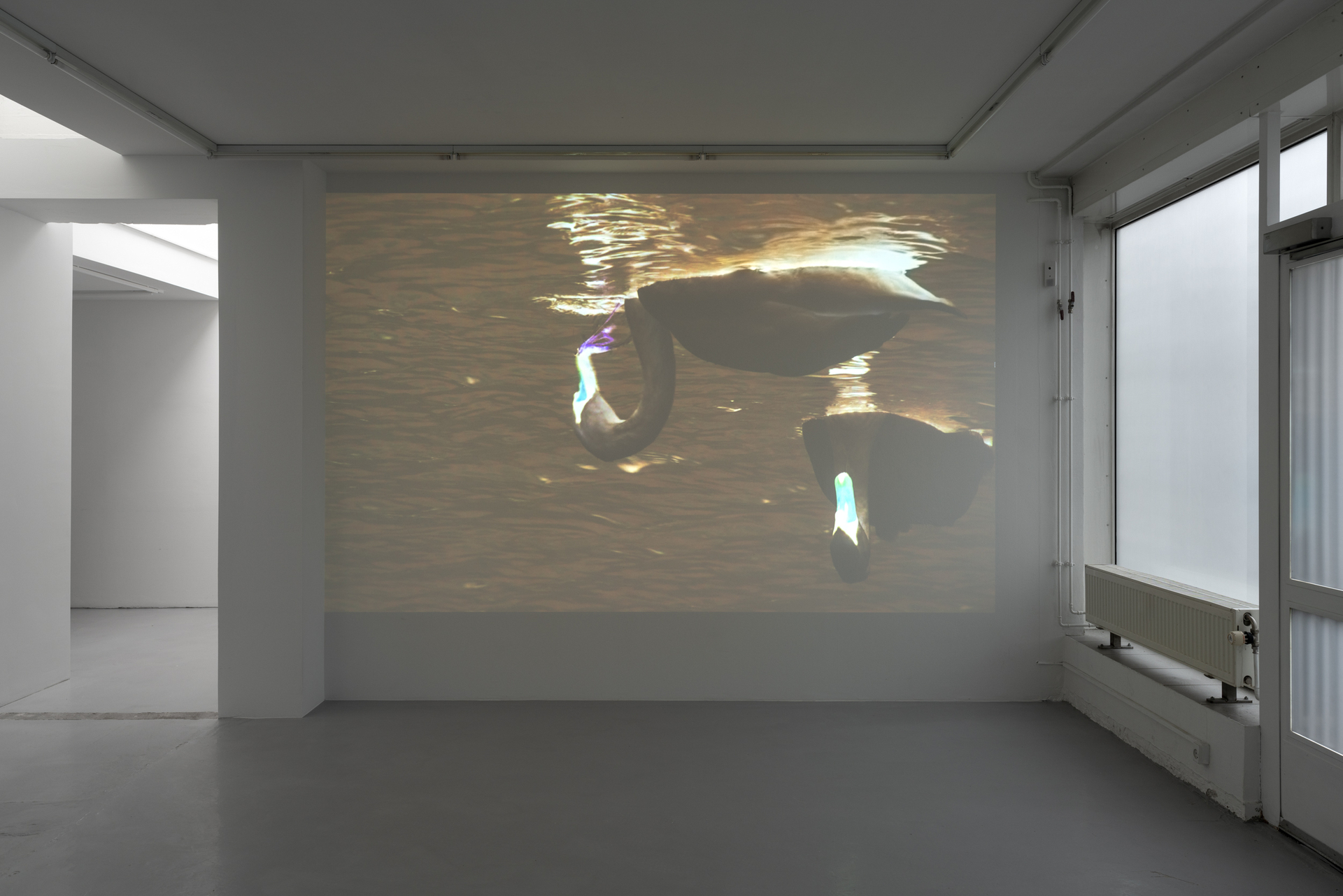
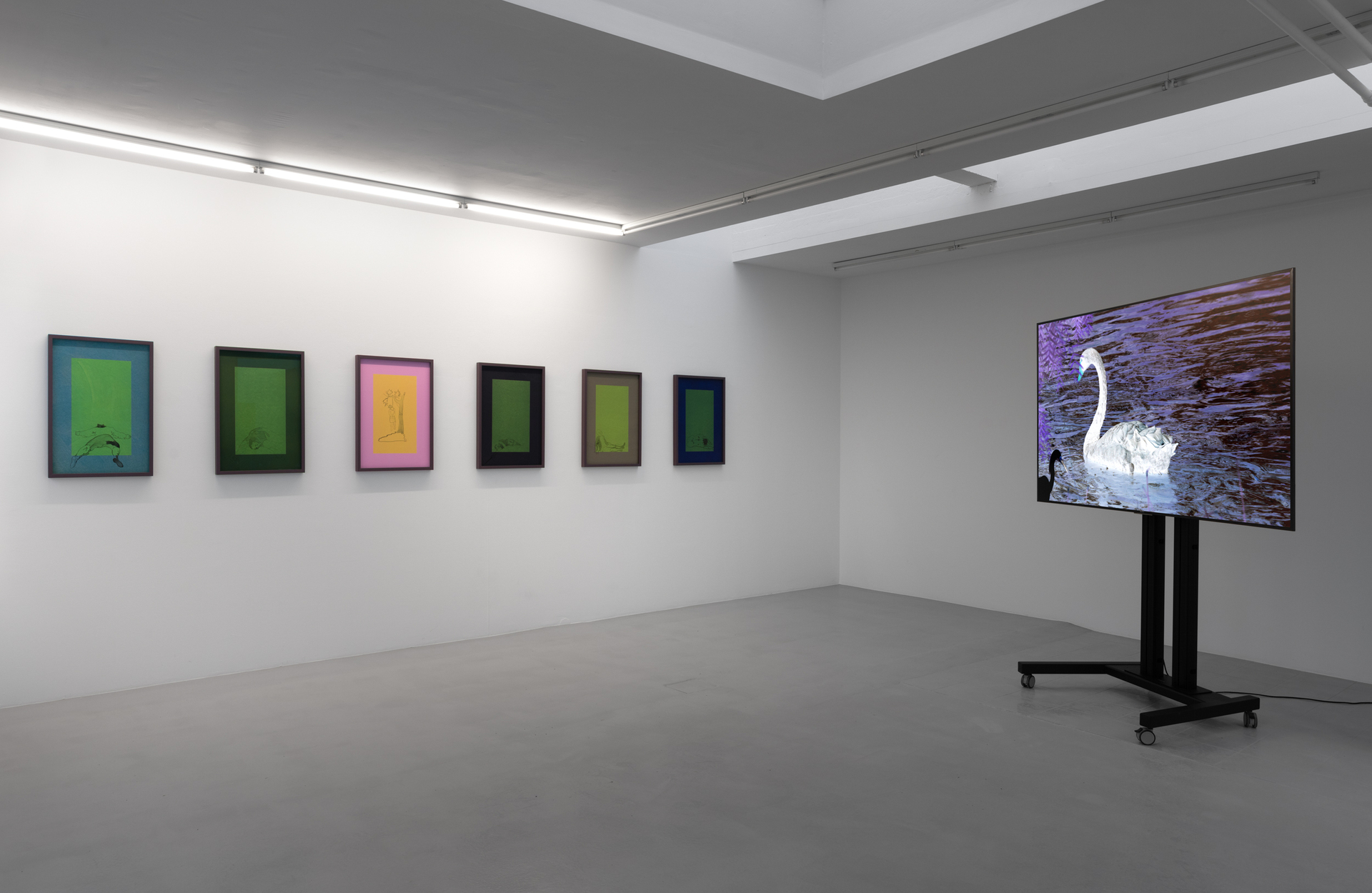
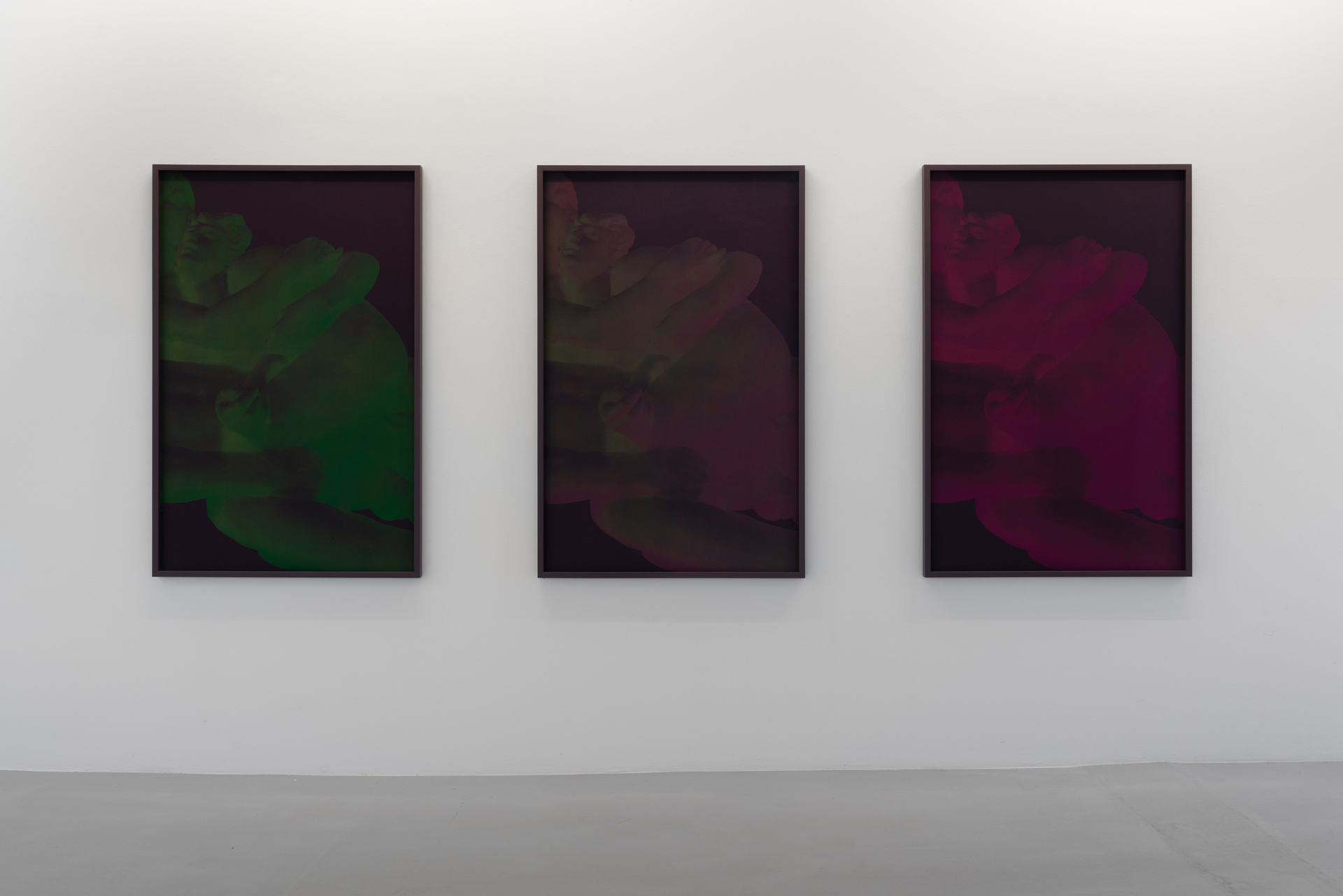
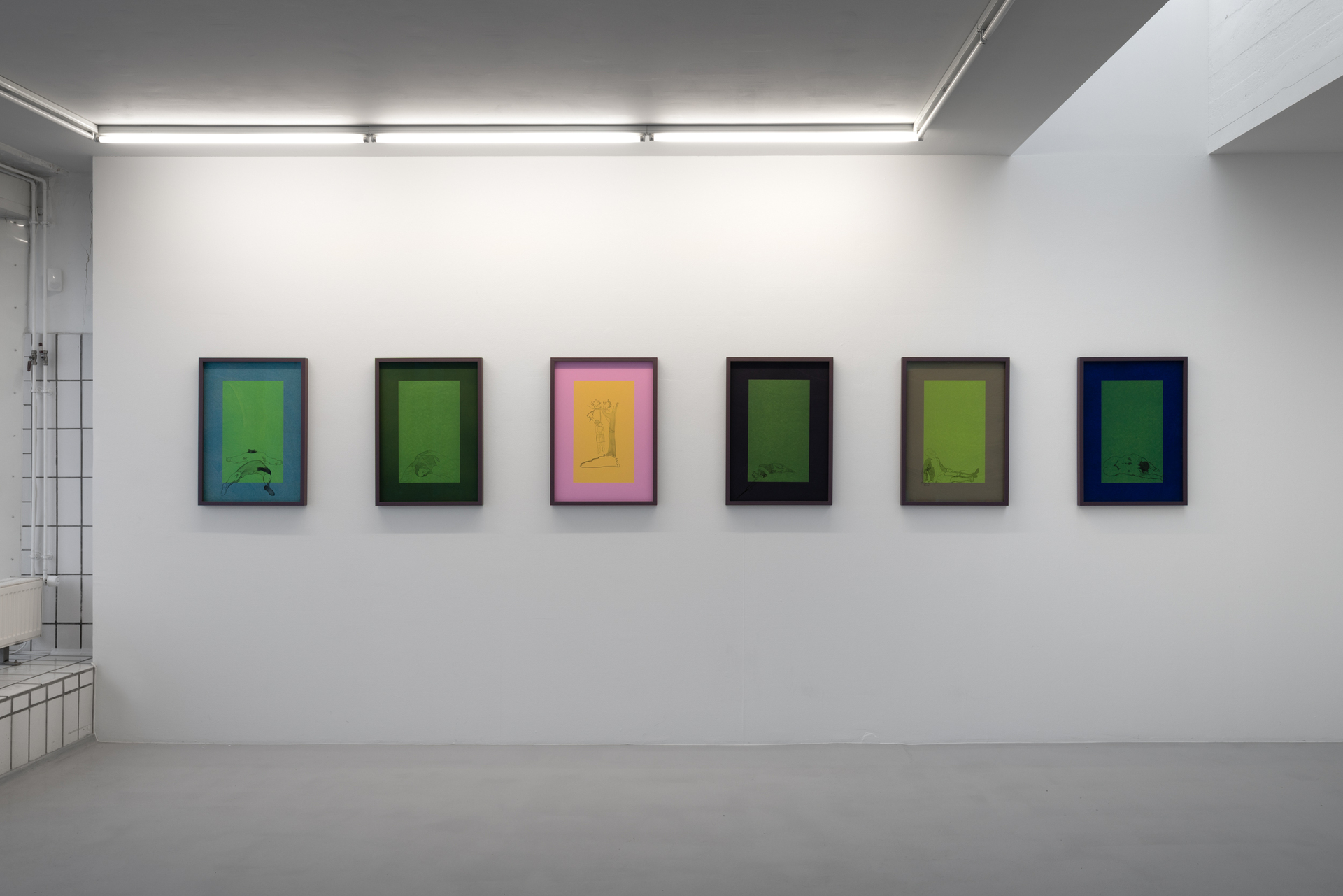
Location
Gether ConteDate
09.03 –09.04.2021Photography
David StjernholmSubheadline
With the black swan as a starting point, the exhibition NÅR (the Danish word for ‘when’) focuses on apocalypse as transhistorical motif. In the book “The Black Swan: The Impact of the Highly Improbable” from 2007, the mathematical philosopher and probability theorist Nassim Nicholas Taleb explains how history has never been predictable, but is instead consistently driven forward by what Taleb with the ancient Roman poet Juvenal refers to as ‘black swans:’ positive or negative events that are considered highly improbable before they occur, but which are nonetheless realized with far-reaching consequences in turn. The COVID-19 crisis is a classic black swan.Text
When all women are widows
When all men are dead
When house and farm are deserted
When we see white ravens
When we see black swans
When we see feathers sinking
When we see stones floating
When we see oceans burning
When we see the end of the world
With the black swan as a starting point, the exhibition NÅR (the Danish word for ‘when’) focuses on apocalypse as transhistorical motif. In the book “The Black Swan: The Impact of the Highly Improbable” from 2007, the mathematical philosopher and probability theorist Nassim Nicholas Taleb explains how history has never been predictable, but is instead consistently driven forward by what Taleb with the ancient Roman poet Juvenal refers to as ‘black swans:’ positive or negative events that are considered highly improbable before they occur, but which are nonetheless realized with far-reaching consequences in turn. The COVID-19 crisis is a classic black swan.
Similarly, an old Danish folk song employs the black swan as a portent of apocalypse. The young man, Svend of Rosengård, must go into exile after having killed his brother. When his mother asks when he will return home, Svend answers: When all women are widows / When all men are dead / When house and farm are deserted / When we see white ravens / When we see black swans / When we see feathers sinking / When we see rocks floating / When we see oceans burning / When we see the end of the world.
Referencing Taleb’s theory as well as the song about Svend of Rosengård, the video work “Portents” is based on footage of white swans in the Danish lake Damhussøen and black swans in Parque Ibirapuera in São Paulo. The respective shots appear negative—the white swans black, the black swans white—while the background assumes a psychedelic character.
Additionally, the exhibition features a series of ink drawings and serigraphic UV prints that stretch the image surface beyond the color spectrum visible to the human eye. The work series borrows its circle of motifs from art historical depictions of dead men as well as recent ecological disasters and collapses, including satellite and drone footage of 2020’s Arctic wildfires. As for the arrival at the end of the world, the question is not if, but when.
Marie Kølbæk Iversen (b.1981) lives and works in Copenhagen. Since 2007 Kølbæk Iversen has been an artistic research fellow at the Academy of Fine Art at the Oslo National Academy of the Arts and the Department of Anthropology at Aarhus University. In 2008 she graduated from the School of Time-based Media at the Royal Danish Academy of Fine Arts.
Marie Kølbæk Iversen’s works are included in private and public collections, including the National Gallery of Denmark, ARKEN Museum of Modern Art, and Danish Arts Foundation amongst others. Marie Kølbæk Iversen works have been exhibited in Denmark and internationally, including Louisiana Museum of Modern Art (Denmark, 2019), National Gallery of Denmark, (Denmark, 2020), Kai Art Center in Tallinn (Estonia, 2019), the 11th Gwangju Biennale: The Eighth Climate (What Does Art Do?) (South Korea, 2016), Biennale de l’image en mouvement (Switzerland and Australia, 2014/15).